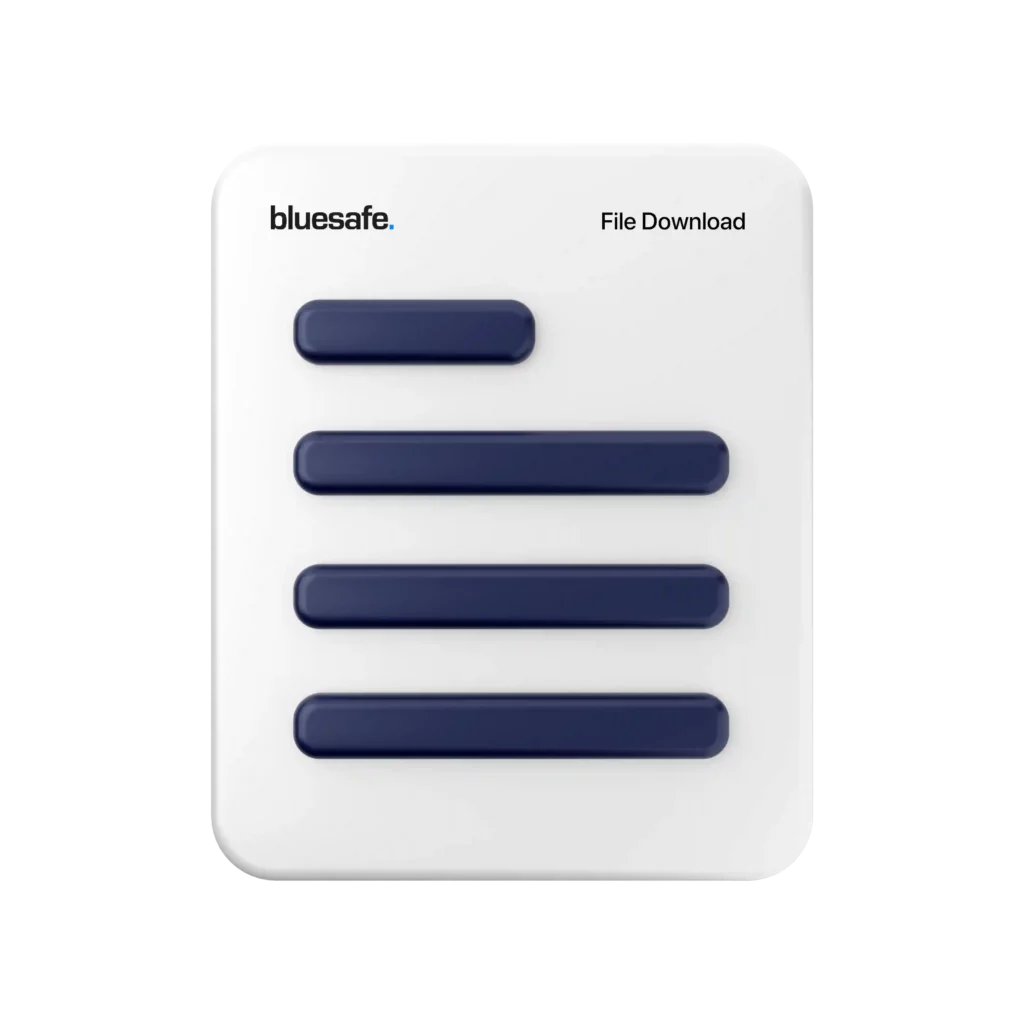Gary’s Safety Tips
Hey, Gary here! Today, I want to talk about the critical role that management plays in supporting Safe Work Method Statements (SWMS) and ensuring the safety of workers on construction sites.
As someone who’s been involved in the management of businesses of all sizes, I understand the importance of safety in the workplace. It’s not only the right thing to do, but it’s also essential for the success of any project. When workers feel safe and supported, they’re more productive and motivated to deliver high-quality results.
So, what exactly is a Safe Work Method Statement? A SWMS is a document that outlines the high-risk activities that will be carried out on a construction site and the safety measures that will be put in place to mitigate those risks. It’s a legal requirement in many countries, and failure to have a SWMS can result in heavy fines or even imprisonment.
As a manager, it’s your responsibility to ensure that your workers are safe and that your project complies with all legal requirements. This means supporting the development and implementation of a SWMS for any high-risk activity on your site.
One of the most important ways that management can support SWMS is by providing the necessary resources and training to ensure that workers understand the safety measures and can implement them effectively. This includes providing appropriate personal protective equipment (PPE), ensuring that workers are adequately trained in the use of high-risk machinery, and providing regular safety training to keep workers up-to-date with any changes or new risks.
In addition to providing resources and training, management should also encourage open communication and collaboration between workers and supervisors. This means creating a culture where workers feel comfortable reporting any safety concerns or issues, and where supervisors are responsive and take action to address those concerns.
Another critical aspect of management’s role in supporting SWMS is ensuring that the document is reviewed and updated regularly. This means keeping up-to-date with any changes in legislation or new risks that may arise during the project. It’s also essential to review the SWMS regularly to ensure that the safety measures are still effective and that workers are following them.
Finally, management should lead by example and prioritised safety in all aspects of the project. This means demonstrating a commitment to safety through actions such as conducting regular safety audits, actively participating in safety training, and ensuring that workers are rewarded for safe behaviour.
In conclusion, as a manager, your role in supporting Safe Work Method Statements is critical to ensuring the safety of your workers and the success of your project. This involves providing the necessary resources and training, encouraging open communication and collaboration, reviewing and updating the SWMS regularly, and prioritising safety in all aspects of the project. By doing so, you can create a culture of safety and support that benefits everyone involved in the project.
Cheers,

![]()






